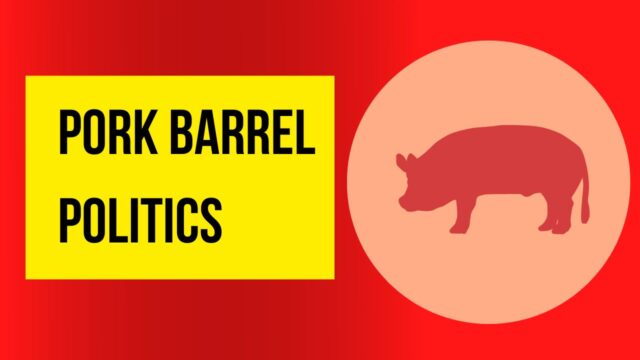
Pork barrel politics refers to projects funded by government money that come to the district of a particular representative. The concept isn’t limited to the United States. There are Romanian and German pork barrels, as well. And in Boston, pork barrel politics are rampant. Let’s examine a few of them. Here’s a look at three of the worst. Despite its name, pork barrel projects often end up being more valuable than the projects themselves.
Projects funded by Biden include more than 5,000 pork barrel projects
Several billion dollars in government funding went to fund earmarks in the $1.5 trillion government spending bill signed by President Obama this month. The money will pay for things such as greenhouses, museum upgrades, and artists’ lofts. These types of projects have been around for centuries. During the 1990s, bipartisan groups helped make earmarks more common. But these projects often fall short of important national priorities.
Representative James E. Clyburn of South Carolina is the top Democrat in the House, and he secured almost $44 million for various projects. Many of these projects will provide clean drinking water to low-income areas in his district. Other lawmakers said they went to great lengths to make sure the projects benefit the broadest swath of their state. Senator Kirsten Gillibrand, for instance, stuck pins in the state map to ensure projects were distributed evenly.
German and Romanian pork barrels
While the term “pork barrel” is most commonly associated with German and Romanian politics, it also has meaning in other countries. In Romania, the phrase means “electoral alms” while in Poland, it refers to election sausage. In Germany, the term refers to two different types of political gifts and money: Wahlgeschenkein (election gifts) and Kirchturmpolitik (church tower politics). Generally, pork barrels refer to election-related donations and funds that the politician receives in his or her district.
While the general concept of pork barrel strategies is well established in political science, the empirical evidence for its effectiveness in particular countries is still incomplete. The literature on pork barrels offers limited insights about the perception of voters toward this political strategy. The authors’ findings contradict each other and may indicate that voters perceive pork-barrel strategies in different ways. They also note that voters have varying degrees of trust for candidates who use these strategies.
Priority Development Assistance Fund scam
The PDAF, or the Priority Development Assistance Fund, scam involves the misuse of public funds. These funds were allocated to members of Congress to support a variety of developmental projects. But in the process, many of these projects were actually fictitious, and billions of pesos were diverted to Janet Napoles, a businesswoman with extensive political connections. Fortunately, the Duterte administration is trying to find the truth behind the scam, and the investigation of the PDAF continues.
The PDAF scam has been a long-standing scandal involving Revilla and his cronies. However, the prosecution failed to prove that Revilla had received kickbacks from the PDAF. Revilla has denied the charges against him, and he has posted bail. The Sandiganbayan resolution was issued on Friday night, and Estrada posted bail on Saturday morning. As previously reported, the prosecution failed to prove that Revilla and other accused persons received kickbacks from the PDAF. The prosecution did not prove that the accused persons had obtained kickbacks from PDAF, but he did provide assistance in the review of fraudulent projects.
Tunnel project nicknamed the “Big Dig” in Boston
The tunnel project in Boston, known as the “Big Dig,” is the largest highway project in the history of the United States. It will cut through the city’s downtown and solve traffic problems. The project is also expected to improve the local environment and spur economic development. Despite the massive scope of the project, it was plagued by many issues, including the death of a motorist. The project is estimated to cost $14.7 billion and take 16 years to complete.
The soil beneath Boston is soggy and loose. To avoid sinking, engineers pumped cold saltwater through pipes beneath the city’s streets. This freezing process forced the soil to shrink, allowing them to be excavated without sinking. The tunnel is then filled with concrete, which displaced the clay-water mix. The tunnel’s sides are made up of side-by-steel panels.


































